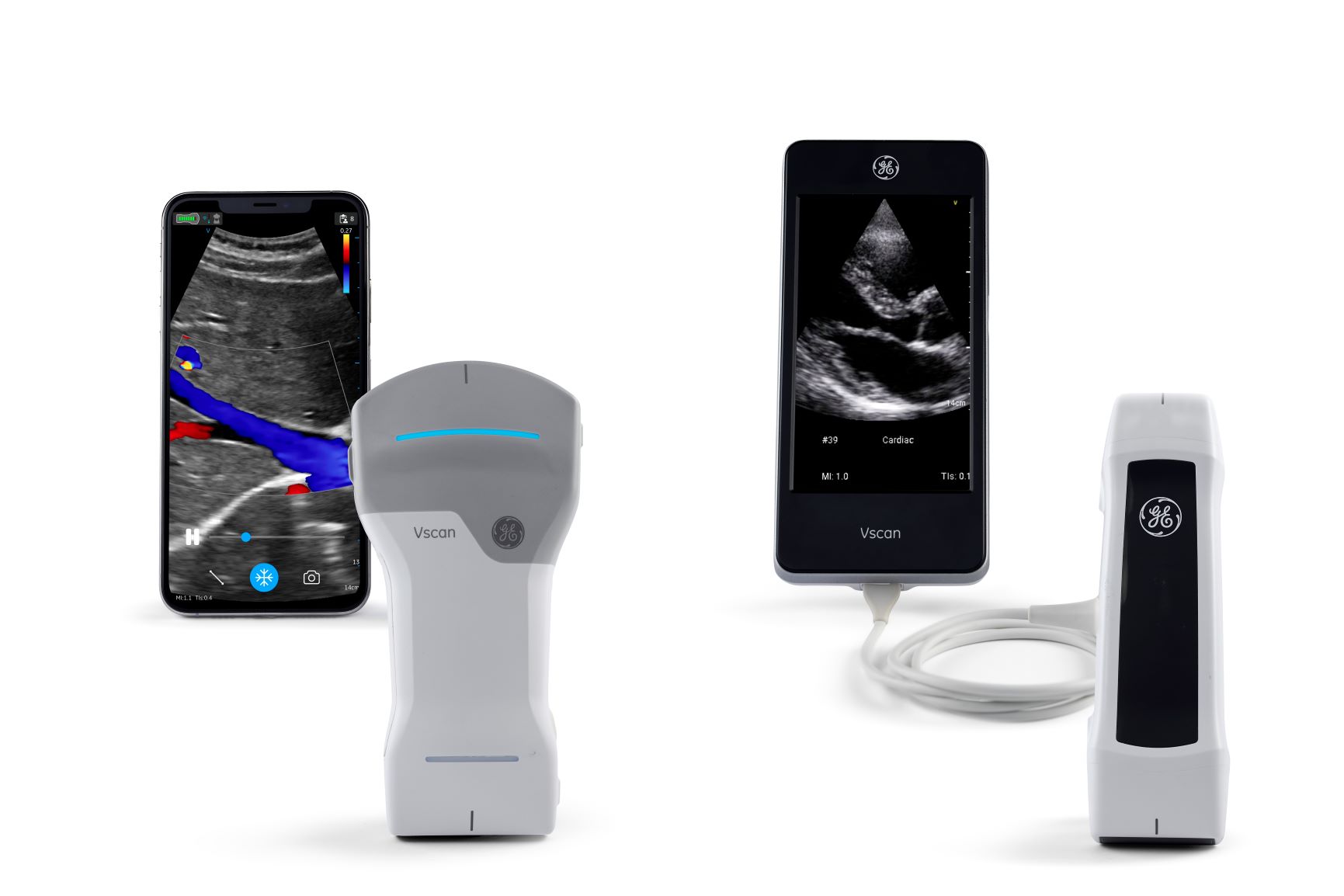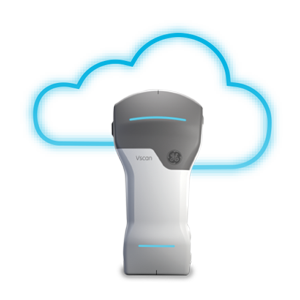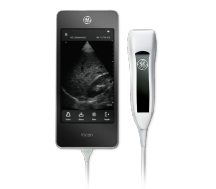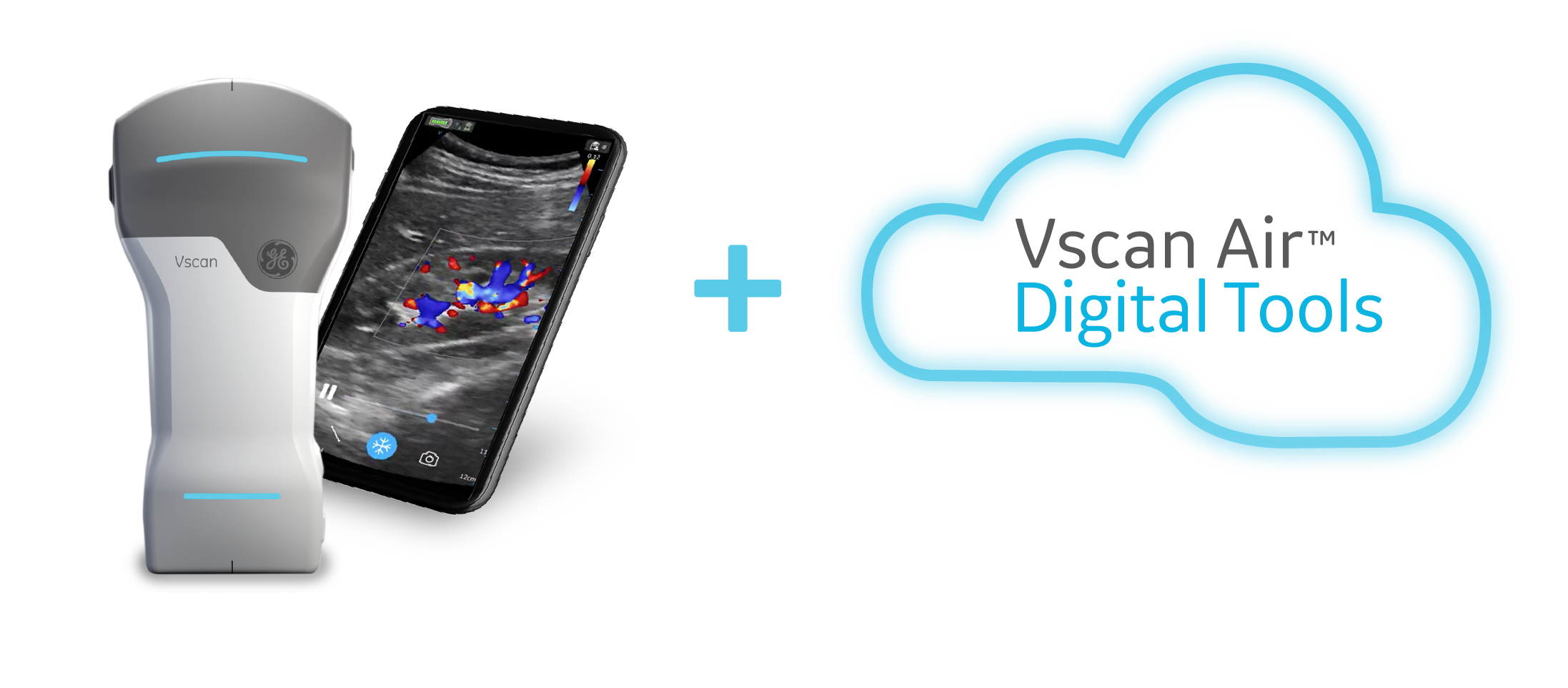
Primary Care Physicians (PCPs) face a barrage of choices in selecting new medical technology, whether in the form of information technology, digital health capabilities or medical devices. One of the newer diagnostic options that practices are now considering is handheld ultrasound (HHUS) technology.
This wave of medical technology is being heralded as a way to provide improved quality health services for patients. These devices typically are smaller, less expensive, and able to support diagnosis at the point of care. And patients increasingly expect their PCPs to employ advanced technologies to support their care. Examples of handheld ultrasound systems include GE HealthCare’s Vscan Air and Vscan Extend.
When assessing these technologies, including HHUS, the buying process should be grounded in a variety of factors, including:
- Potential benefits to the patient and the practice
- Access to training and education on the use of the technology and interpretation of the images it produces and
- Return on investment (ROI) considerations once HHUS is implemented.
Basics of Handheld Ultrasound Technology
Handheld, pocket-sized ultrasound systems empower healthcare professionals to make rapid, focused assessments which can help accelerate treatment decisions at the point of care. The devices fit in the palm of a clinician’s hand; more advanced units have dual probes that can show images at different depths within the body. The images can be viewed in real time during the patient visit. This could allow the medical provider to spend more time discussing options with the patient.
HHUS images enable clinicians to see views of a patient’s organs or body parts, and they can show the movement of organs (like the heart and lungs) to enable clinical assessment of potential medical conditions. Images can be saved, uploaded to medical records, shared with other clinicians, and used to provide discrete data points that can be used to manage patients over time.
Benefits of Handheld Ultrasound
The use of HHUS in a practice setting (primary care ultrasound) can better enable PCPs to quickly make diagnoses which may eliminate the need for additional imaging studies at other locations. Ultrasound is a safe diagnostic modality. Other imaging modalities, such as X-rays and computed tomography (CT) scans, generate images from ionizing radiation, which can pose risks for some patients. Such studies also can be more expensive and require interpretation by other specialists.
For example, a study published in 2016 concluded that “Handheld cardiac ultrasound (HCU) performed at the point of care by Family Doctors with remote expert support interpretation using a web-based system is feasible, rapid and useful for detecting significant echocardiographic abnormalities and reducing the number of unnecessary echocardiographic studies.”
These devices can fit into a clinician’s lab coat and take little space to operate. They are battery operated, with no electrical cords to navigate or sanitize. They can also be rapidly powered up for quick use.
For healthcare organizations, HHUS can reduce resource consumption by minimizing more expensive imaging exams like X-ray, CT scans or MRIs. As providers increasingly are reimbursed for the value of the care they provide, rather than for each individual service, the ability to conduct exams in the most appropriate and cost-effective setting will grow in importance and influence reimbursement rates.
Additional benefits of handheld ultrasound in primary care may include:
- Increased patient engagement and follow-through by combining physical exam with an HHUS exam
- More clues potentially uncovered during physical examination by looking inside the body to enhance the physical diagnosis
- Improved course of diagnosis or treatment (quality of referral)
- Early disease assessment
- Less referrals
- Fewer patient visits
- Accelerated diagnosis to help reduce patient wait times and travel burden
Importance of PCP Training
Training is crucial for PCPs who want to incorporate handheld ultrasound in their practices. Most will need education and practice in using the device and interpreting the images it produces.
New clinicians are rapidly being introduced to the capabilities of the technology, with some receiving basic training with HHUS imaging during their medical school training. In 2018, the American Academy of Family Physicians (AAFP) offered recommended guidelines for family medicine residents for training in the use of HHUS, which it refers to as point of care ultrasound (POCUS). The professional organization called its guidelines “an evidence-based roadmap for family medicine residencies to equip their residents with the competencies, attitudes, knowledge, and skills necessary to effectively utilize POCUS in clinical practice.”
The AAFP guidelines call for practitioners, at the end of residency training, to show the following competencies:
- Know the indications, benefits, and limitations of POCUS
- Assess anatomy, physiology, and pathology with POCUS
- Improve POCUS knowledge with appropriate precepting, electives, and use of website resource
- Communicate the results of a POCUS scan to the patient and treatment team, and document the results appropriately in the medical record
- Talk to the patient about the risks and benefits of POCUS and alternatives to POCUS, and obtain verbal consent prior to a POCUS scan
- Utilize POCUS to decrease time to diagnosis, decrease procedure complications, and expedite medical care
Potential Return on Investment of Handheld Ultrasound
Studies point to cost and time savings associated with using HHUS. For example, a 2015 study found that “after a simple and short training course, a pocket-sized ultrasound device (PUD) examination can be used in addition to a physical examination to improve the answer to ten common clinical questions concerning inpatient and outpatients, and can reduce the need for further testing”.
These initial studies suggest that the use of HHUS can result in greater efficiencies and positive ROI by reducing unneeded testing and decreasing diagnostic test turnaround times. Further, these studies suggest that training in HHUS can be successful with PAs, medical students, nurses, and other clinicians, enabling them to administer some HHUS exams, reducing workloads and time requirements for physicians.







